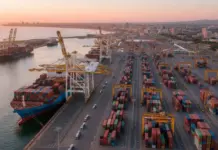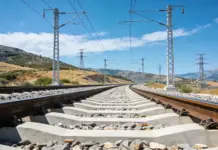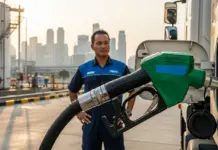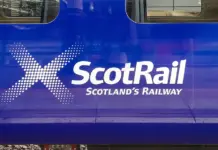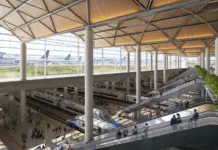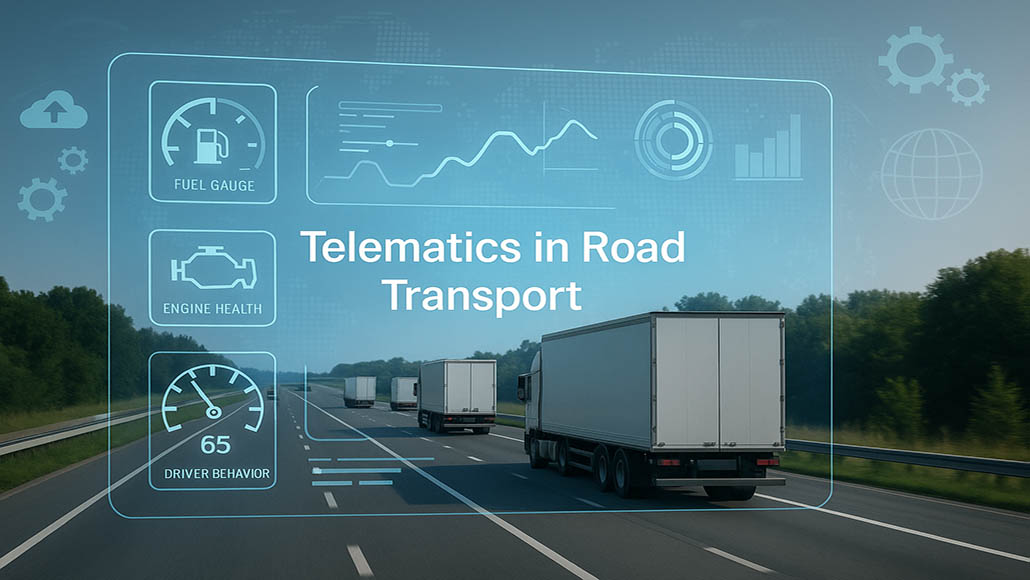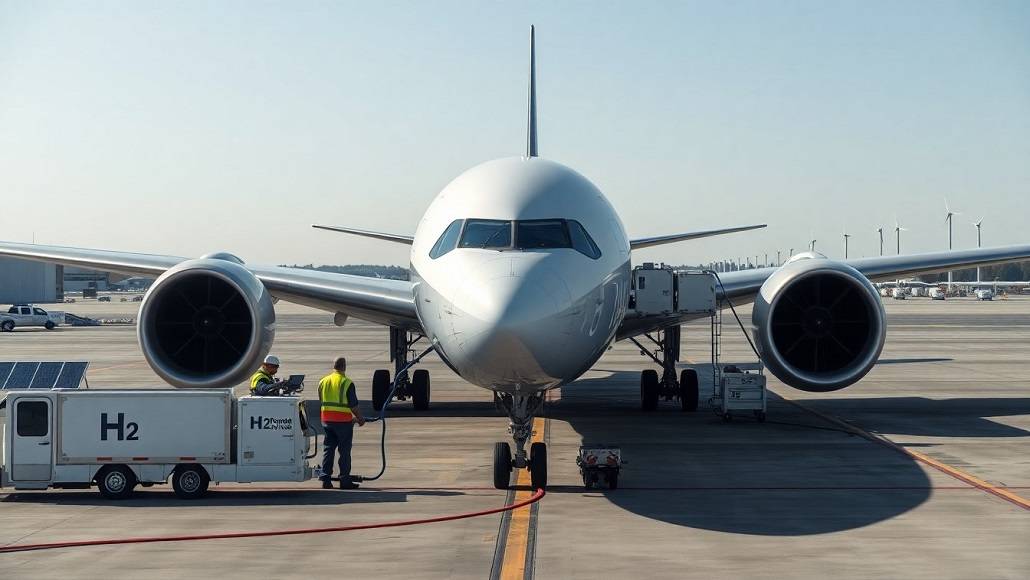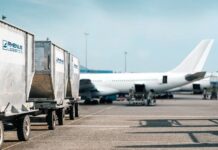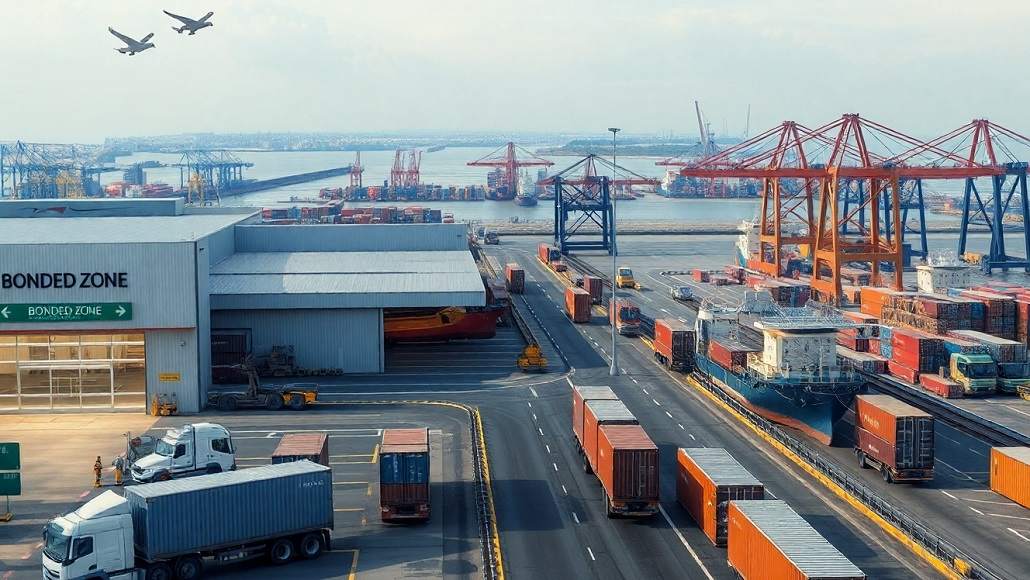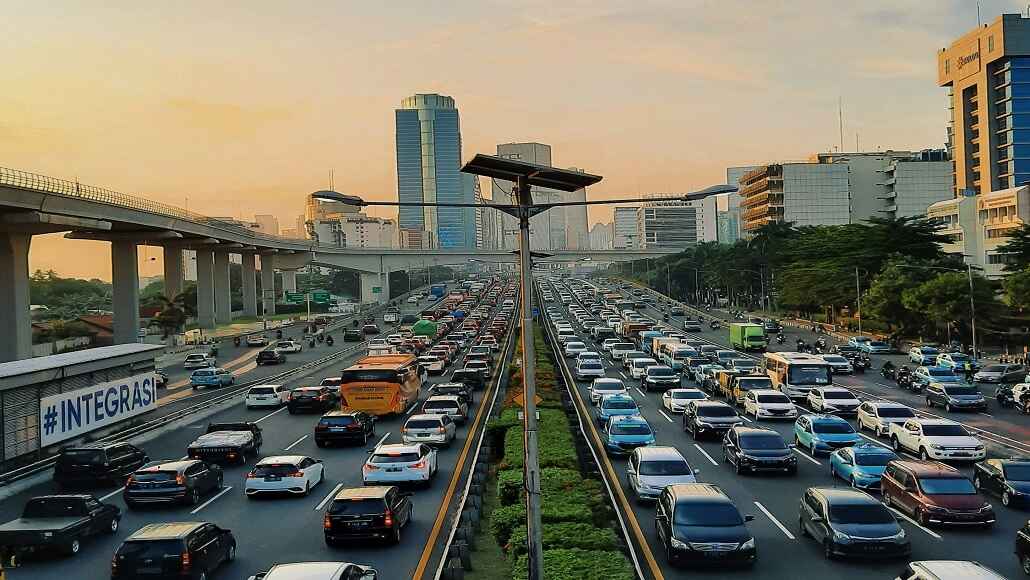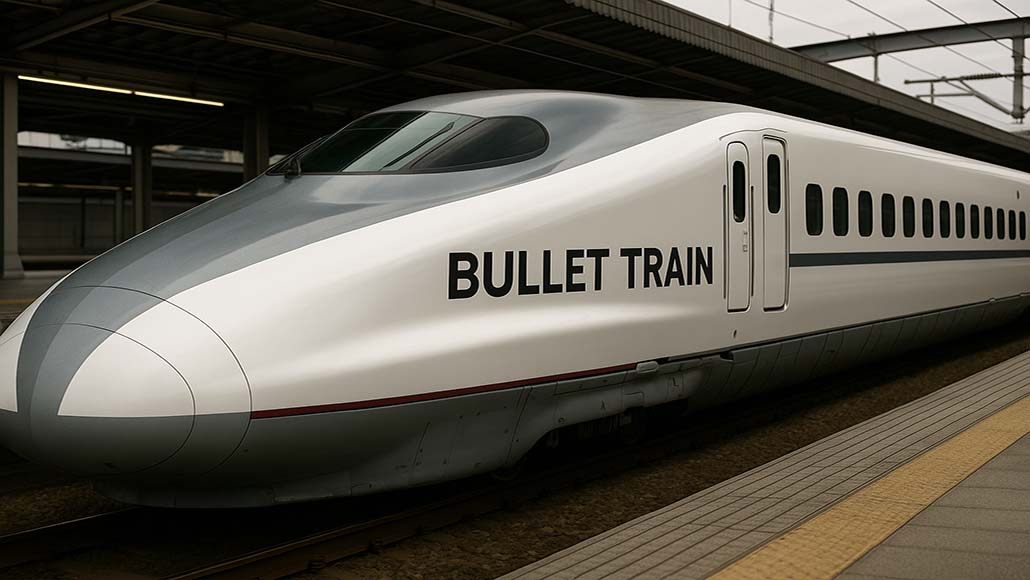With the construction of the much-anticipated Limpopo-Gauteng bullet train set to begin in late 2026, South Africa is closing in on the launch of its first-ever high-speed rail line.
First announced in 2023, the project is in a strategic planning phase backed by the national government, provinces, and private investment firms.
Comprehensive studies on feasibility and environmental impact assessments are ongoing. These studies, which started in mid-2025, are crucial to determining both the financial viability and environmental consequences of the development. They will also assess the impact that the development will have on local communities and ecosystems.
Once built, the high-speed train will cut travel time between Pretoria and Polokwane from more than five hours to about 90 minutes. With speeds of over 200 km/h on certain sections, the 500km route qualifies as a bullet train according to international standards, even though it falls short of the 300+ km/h speeds in Japan and China.
The route will have several major stops at Hammanskraal, Bela-Bela, Mokopane, Louis Trichardt, and Musina. This will hugely improve regional mobility and cross-border trade prospects.
The expansion will be done in two very different phases:
- Phase 1: Connecting Pretoria to Polokwane
- Phase 2: Extending to other Limpopo hubs, including Musina
Though the Department of Transport reasserted its support for the first bullet train, Limpopo-Gauteng, the project’s financial scale might necessitate international cooperation. Interest has already been shown by foreign investors and governments alike, such as China, particularly in the proposed Johannesburg-Durban line, which is estimated to cost R530 billion.
Though exact costs for the Limpopo line remain undisclosed, Transport Minister Barbara Creecy and the cabinet have indicated that rail modernisation is a key priority under South Africa’s 2030 transport vision.
Major objectives include:
- Expanding Gautrain from 80km to 230km
- Boosting Transnet’s freight capacity from 149 million to 250 million tonnes annually
- Restoring PRASA’s urban commuter network to accommodate 600 million passenger trips per year
Although the Gauteng-Limpopo, the first bullet train is only gaining momentum now, high-speed rail is not a new concept in South Africa.
Government approval for high-speed corridors was made in the latter part of 2023. In early 2024, feasibility studies were initiated for three priority corridors:
- Johannesburg to Durban
- Johannesburg to Polokwane and Musina
- Johannesburg to Mbombela
Of these, the Durban corridor is the most commercially attractive because it has the potential to compete with airline routes.
Land acquisition is one of the most difficult challenges lying ahead. Deals with owners along the proposed corridor must be negotiated and have traditionally been a source of delays for infrastructure projects in the past.
Public suspicion, driven by past futile experience with transit proposals, continues to exist. Yet with feasibility studies now in progress and a timeline established, officials remain confident that the project is on the “fast track.”


